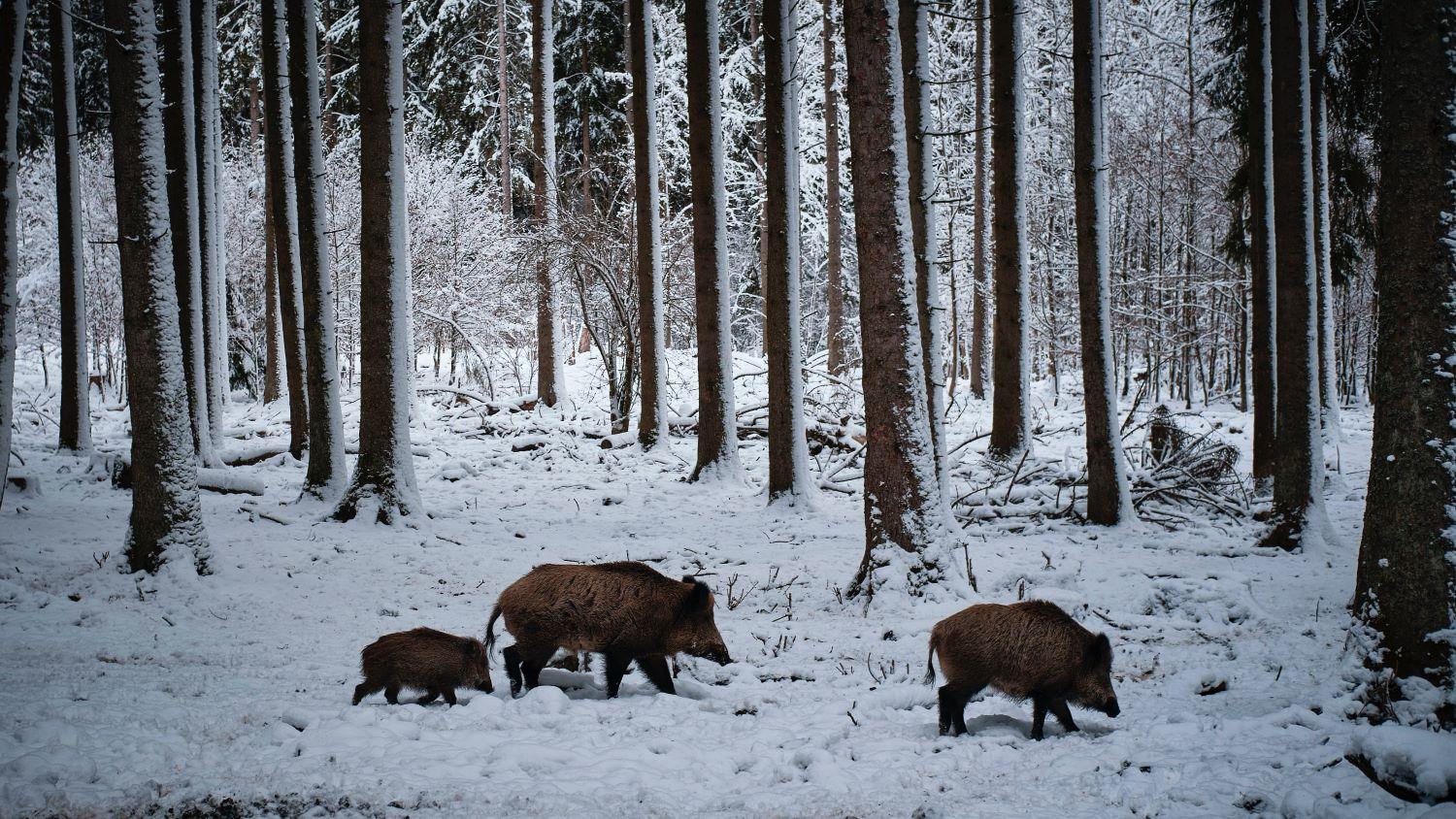To get close to an animal, you first have to find it. If you don't see any animal in sight, you need to find it through its tracks and the clues it leaves behind. An animal's footprints are the impressions left by its feet on the ground.
Over time, this mark will be deformed by sun, rain, and wind, and the footprints of insects and other animals will overlap when they pass by. The clarity of the footprints quickly decreases after they hit the ground. Moreover, different types of surfaces will also directly affect the length of time the footprints remain. Generally speaking, following the method below can help you determine the approximate time when the footprints were left for better hunting.
Freshness
After the footprints are stepped on, their edges will begin to become blurred by the sun and wind. The clearer the edges, the fresher the footprints.
Climate
If it has rained or snowed recently, you can determine whether the footprints were left before or after the rain or snow. The same method works for dew and frost. If there is fresh dew on the ground but not on the footprints, it means the footprints are fresh.
Evaporation
Evaporation of water If the ground in your area is dry, but the footprints show water marks, then you can estimate the time the footprints were left by using the amount of water remaining in the footprints.
Vegetation
If there are fresh and unmoved plants left in the footprints, then the footprints have been left long ago. If there are squashed fresh plants in the footprints, it usually means that the footprints were left not long ago.
Spills
Snow, dirt, sand, water, etc. will generally be squeezed forward in the forward direction. Over time, these displaced materials can dry out and harden, bond with the underlying surface, or evaporate.





